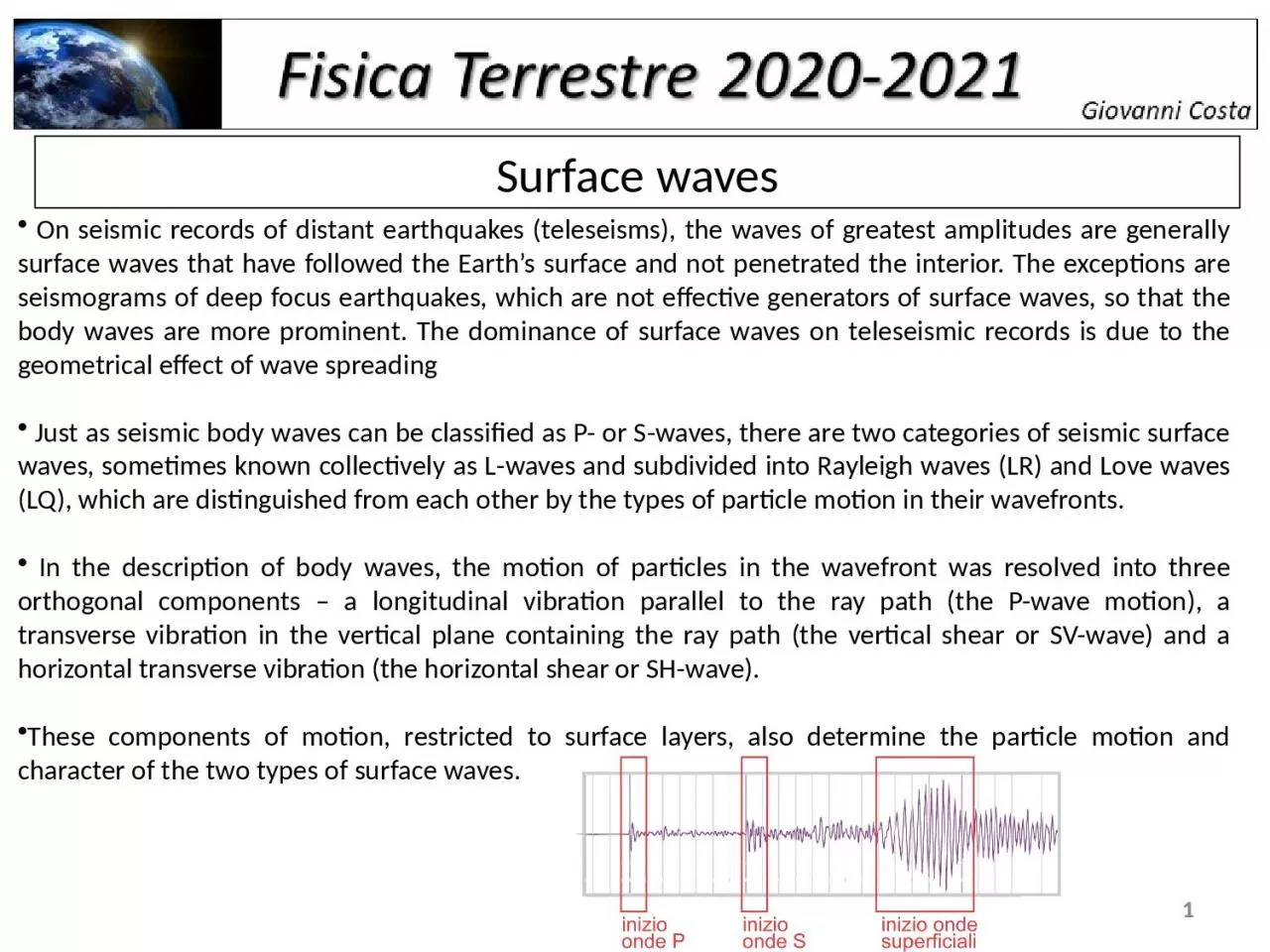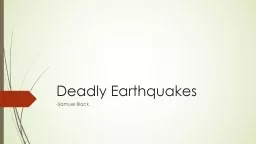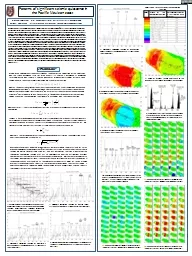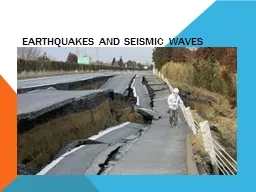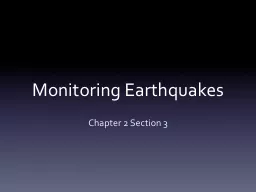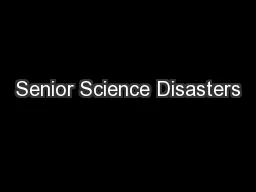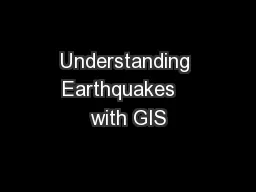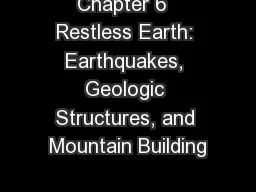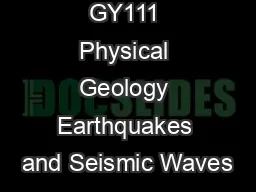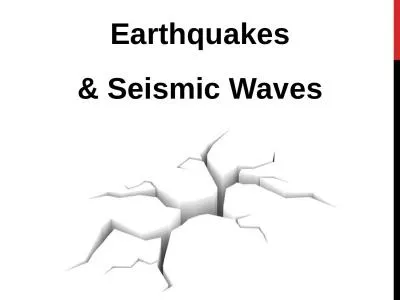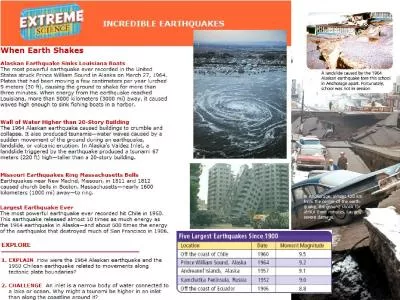PPT-1 On seismic records of distant earthquakes (
Author : delilah | Published Date : 2023-10-26
teleseisms the waves of greatest amplitudes are generally surface waves that have followed the Earths surface and not penetrated the interior The exceptions are
Presentation Embed Code
Download Presentation
Download Presentation The PPT/PDF document "1 On seismic records of distant earthqu..." is the property of its rightful owner. Permission is granted to download and print the materials on this website for personal, non-commercial use only, and to display it on your personal computer provided you do not modify the materials and that you retain all copyright notices contained in the materials. By downloading content from our website, you accept the terms of this agreement.
1 On seismic records of distant earthquakes (: Transcript
Download Rules Of Document
"1 On seismic records of distant earthquakes ("The content belongs to its owner. You may download and print it for personal use, without modification, and keep all copyright notices. By downloading, you agree to these terms.
Related Documents

